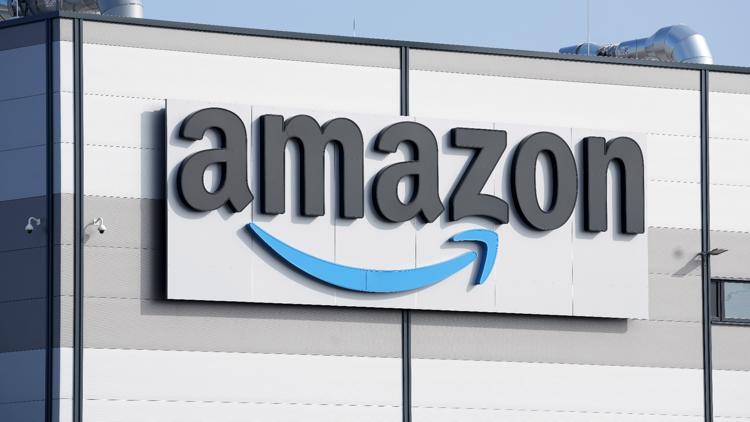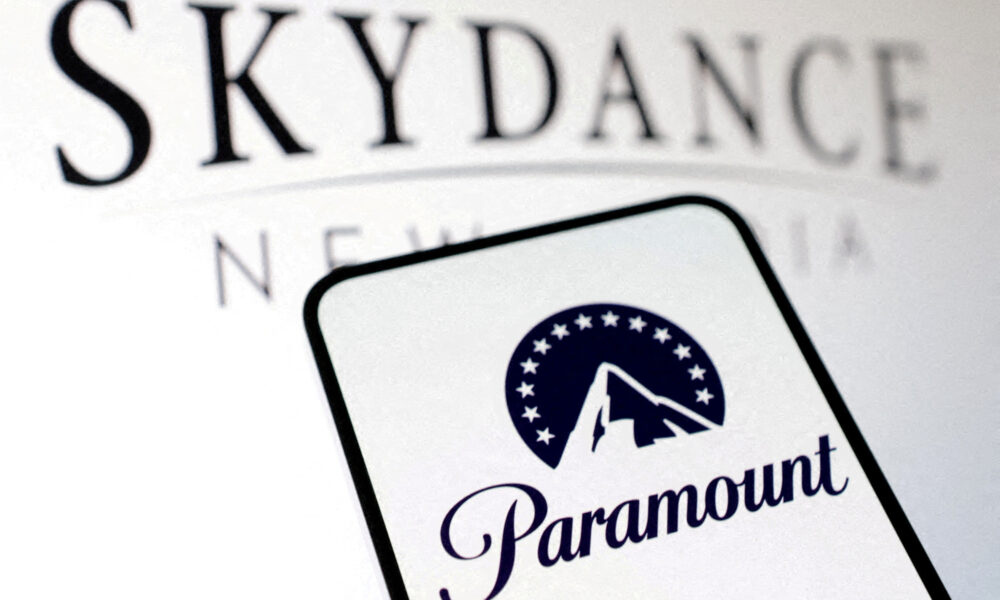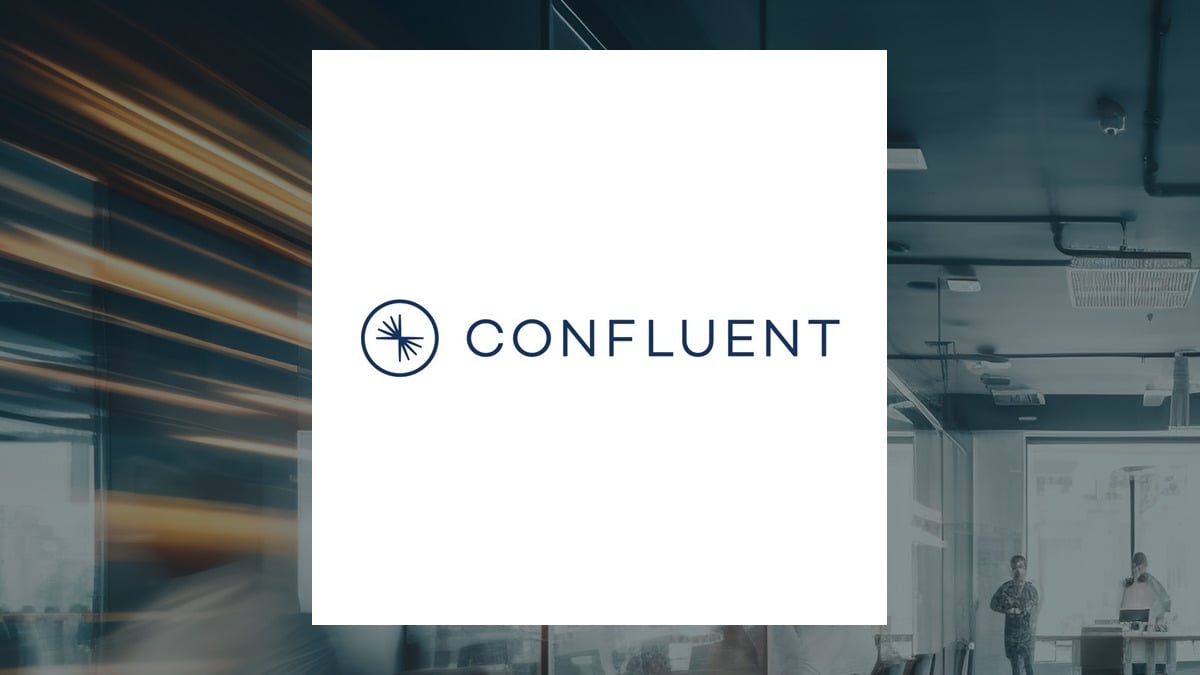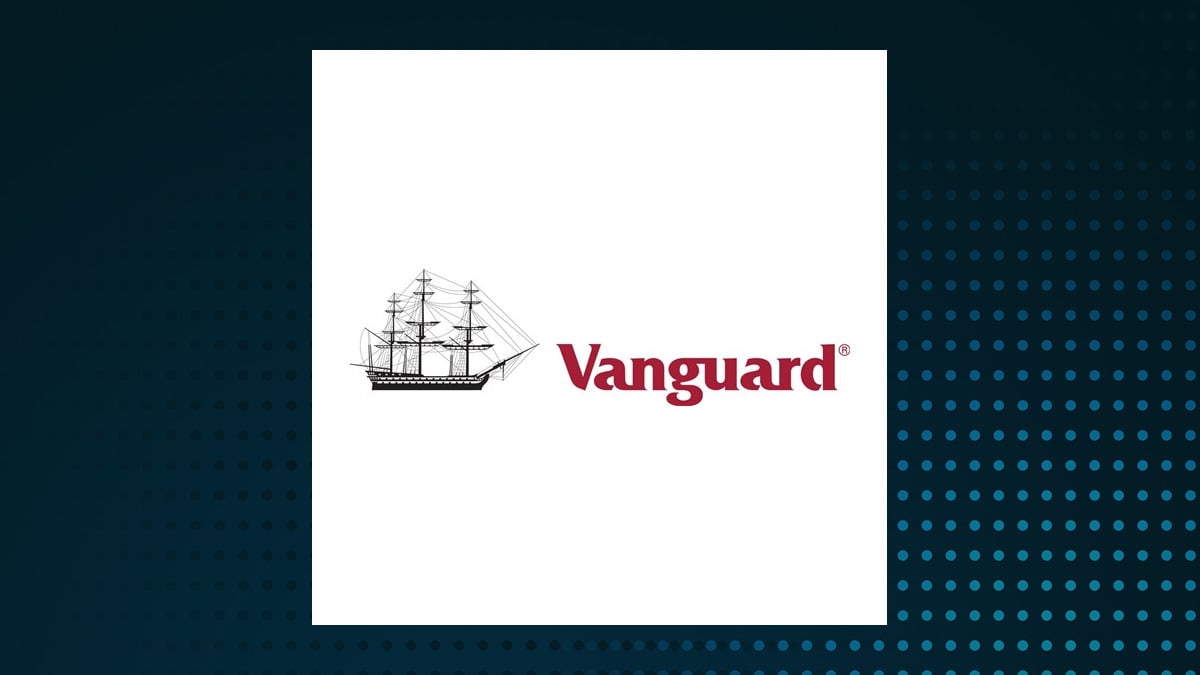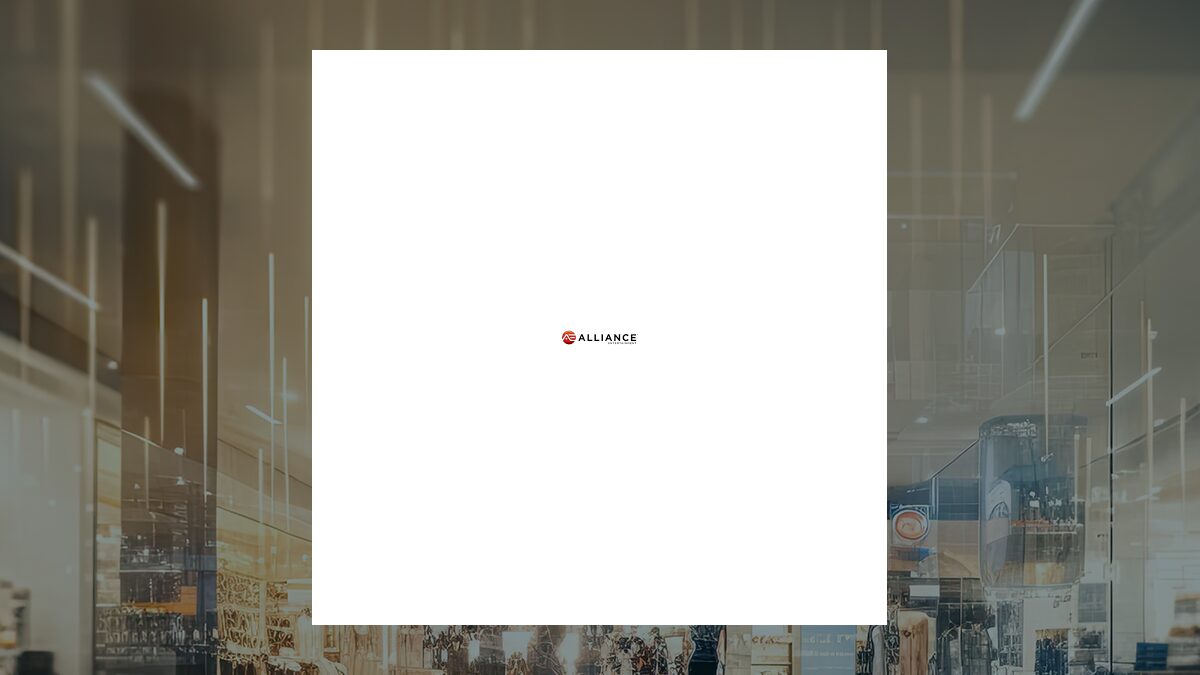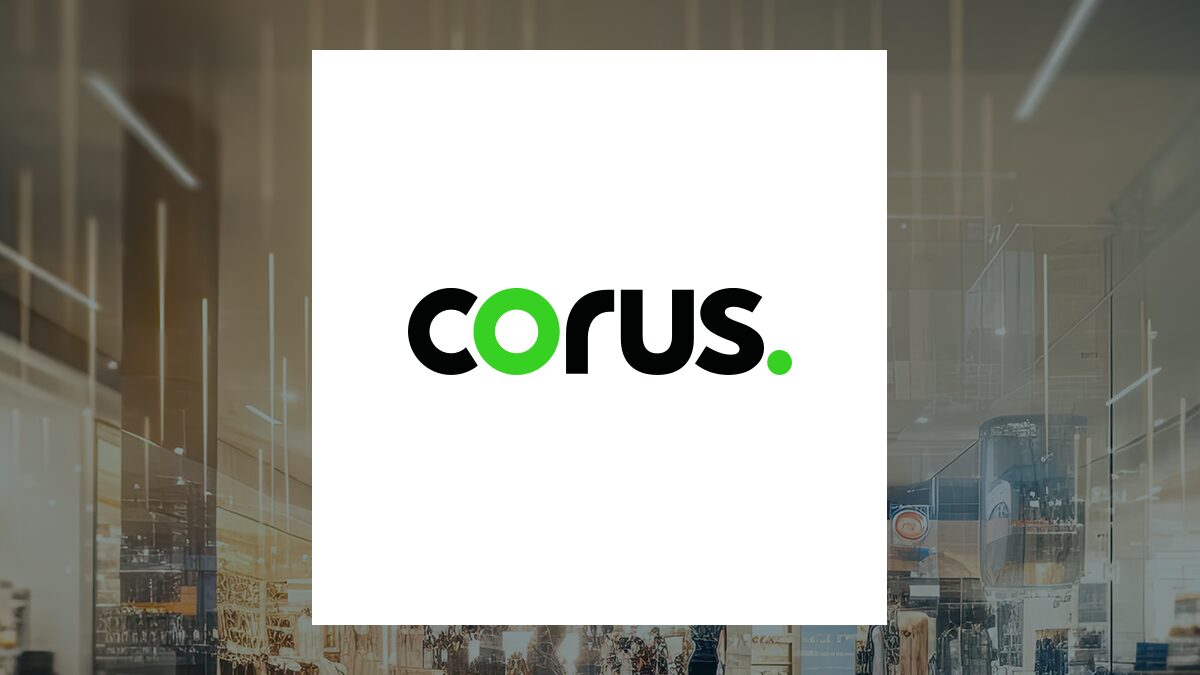Automatic refunds for Amazon’s $2.5 billion settlement have commenced this week, as confirmed by the Federal Trade Commission (FTC). Eligible customers can expect an email from Amazon detailing how to claim their refunds via PayPal or Venmo. The initial payments began on November 12, 2023, and will continue until December 24, 2023.
Customers are required to accept their refunds within 15 days after receiving the notification. For those who prefer a check or fail to claim their digital refund in time, a paper check will automatically be mailed to the default shipping address linked to their Prime account. The FTC has indicated that these checks must be cashed within 60 days.
This payout represents the first phase of an anticipated distribution of more than $1.5 billion to consumers, stemming from allegations that Amazon misled users into subscribing to Prime and made the cancellation process unnecessarily complicated. The settlement followed the FTC’s claims of violations of consumer protection laws.
Details on Refund Eligibility and Amounts
According to settlement documents released by the FTC, payouts will be capped at $51. Prime members do not need to take any action to sign up for these payouts; qualifying customers will receive their payments before the end of the distribution period on December 24.
To be eligible for the refunds, customers must have signed up for a Prime membership through the “Single Page Checkout” between June 23, 2019, and June 23, 2025. Although the exact number of eligible individuals is uncertain, Amazon processes approximately 8.8 million orders daily, suggesting a potentially substantial group of affected customers.
Eligibility criteria include the requirement that customers attempted to cancel their Prime subscriptions during the specified timeframe or enrolled through alternative signup methods, such as the Single Page Checkout or Prime Video. Additionally, customers must have utilized four or fewer Prime benefits in that six-year period, which includes access to services like Prime 2-day shipping and Amazon Prime Video. If the payouts do not reach the $1 billion threshold, the FTC has stated it will broaden the criteria until at least that amount is distributed to customers.
Background on the FTC’s Allegations
The FTC’s legal action against Amazon began in 2021 in U.S. District Court in Seattle, alleging over a decade of consumer rights violations. The complaint included accusations of breaching the Restore Online Shoppers’ Confidence Act, a law established in 2010 to protect consumers from deceptive online practices.
Although Amazon has denied any wrongdoing regarding the settlement, the company maintains that it clearly communicates the terms of Prime memberships and provides straightforward options for cancellation through various means, including phone, online, and chat support.
In a trial brief submitted in August, Amazon acknowledged that some customer frustrations are inevitable, especially with a service as widely used as Prime. The FTC, however, contends that Amazon intentionally created obstacles for customers wishing to complete purchases without subscribing to Prime. The agency claimed that in certain instances, customers were presented with transaction completion options that did not clearly indicate they would also enroll them in a Prime membership.
The FTC’s complaint further alleges that the process for canceling subscriptions was often too complicated, with Amazon leadership reportedly delaying or rejecting changes that could have simplified the cancellation experience.
This settlement underscores the challenges in navigating consumer rights in the evolving landscape of e-commerce while highlighting the significant financial implications for one of the largest online retailers in the world.

